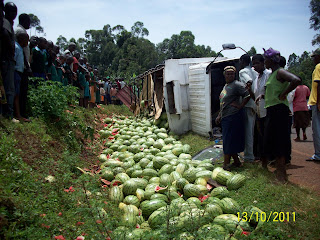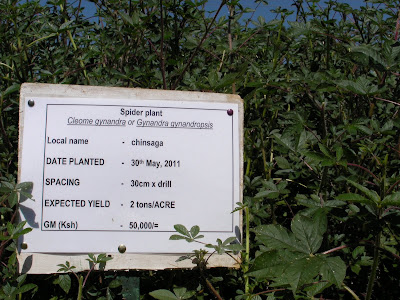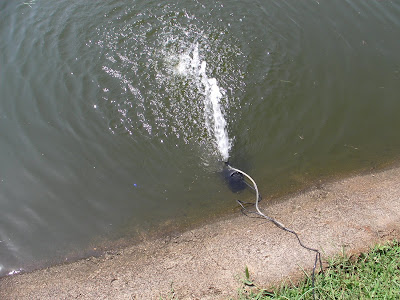Despite the much rain that has been
raining in most parts of Kenya and the world at large leading to
floods that has led to loss of life, some parts are still
experiencing reduced or no rainfall at all.
This has prompted me to identify
alternative vegetables that can withstand harsh climatic conditions.
Vegetables like
Amaranthus take a short while to mature making it appropriate
to parts with minimal rainfall.
 |
| Amaranthus, a type of local vegetable |
They are very rich in nutrients hence
good for nutritional purposes.
Another good crop is the pumpkin which
has double benefit. Its leaves can be used as vegetable and the
pumpkin itself cam be cooked for food.
 |
| Pumpkin plant |
The pumpkin can also withstand minimal
rainfall as well as do well in much rain. The advantage of the
pumpkin is that it is a crawling plant and can spread as far as you
could wish it to making it possible to yield more and more.










































